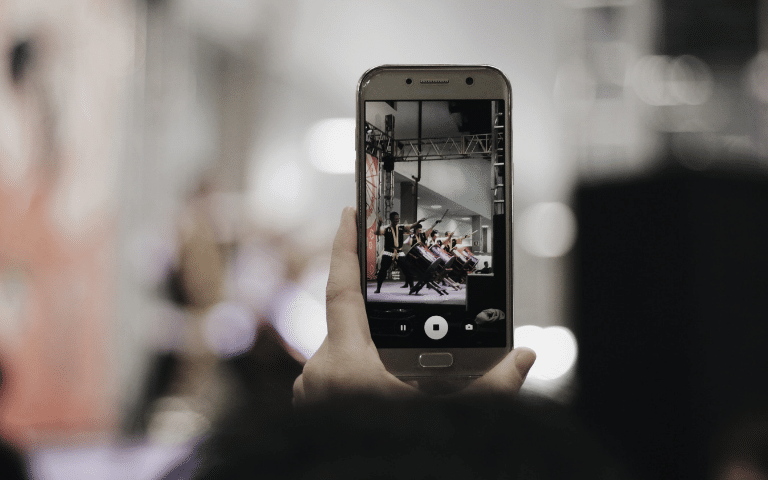
By: Tawanda Carlton, PR Account Executive
Fences, La La Land, Moonlight, Hidden Figures…yes, Oscar season is upon us. As we all know, the Oscars represent the industry standard of excellence when it comes to recognizing the power of storytelling in film. We are a nation that loves a grand narrative, whether it’s the legend of a long-lost love, the gripping account of a heroic comeback, or a tragic tale of loss.
So, what makes a story great? Relatability. In a world of a million tales, movie directors, authors, and brands are constantly competing for their audiences’ attention. Where your narrative lands on the relatability scale can determine if your audience is inspired to act or exit stage-left.
When it comes to marketing and public relations, stories help journalists understand the impact you are trying to make which drives news coverage. A compelling narrative can inspire your tribe to act and engage deeper with your company’s message. Knowing your audience will always play a key role when it comes to crafting the perfect message for your brand. What makes them happy? What makes them engage with you? Always listen and watch. Always.
Lastly, don’t just focus on your product. What story are you trying to tell? What is the meaning behind what you do? If you rely only on your offerings, you become another brand not capable of differentiating yourself from the rest. You must stand out just like an Oscar-worthy film.
Below are three brands that have captured the essence of these storytelling basics:
Starbucks: In 2016, Starbucks let their secret menu out of the bag for everyone to see by letting their baristas and customers share their custom Starbucks creations. The company encouraged experimentation and even added some of the popular concepts to the official menu as limited-time offerings. Why was this good for Starbucks? By letting both baristas and customers showcase their own drinks, they were also allowing them to create their own story further showcasing the relationship many Starbucks regulars have with their baristas daily.
Weight Watchers: When it comes to grabbing the emotions of their audience, Weight Watchers has a leg up on the competition. Weight Watchers is a product that aims to help people make better choices to improve not only their health, but also make them feel better about themselves. In 2014, when the company debuted their Awaken Your Incredible campaign, they tapped into the base of why people diet—to get to a better version of themselves. With this campaign, they didn’t focus on the product but tapped into their audience’s feelings.
AIRBNB: Real people are at the core of AIRBNB’s narrative. After all, it’s real people who agree to let travelers enter their home, therefore creating a connection that inspires. In fact, AIRBNB has a section on their website dedicated to showing videos and bios of hosts and their guests all around the world. They’ve allowed their platform of the brand to tell the story. Visitors to their site have a chance to see actual customers enhance their life due to the services AIRBNB provides.
Great examples, right? As you take a stab at creating your own brand story it is important not to forget that these narratives are more than a tactic. When told correctly they generate interest and drive engagement. So, lights, camera, action! How will you tell your brand/clients tale?